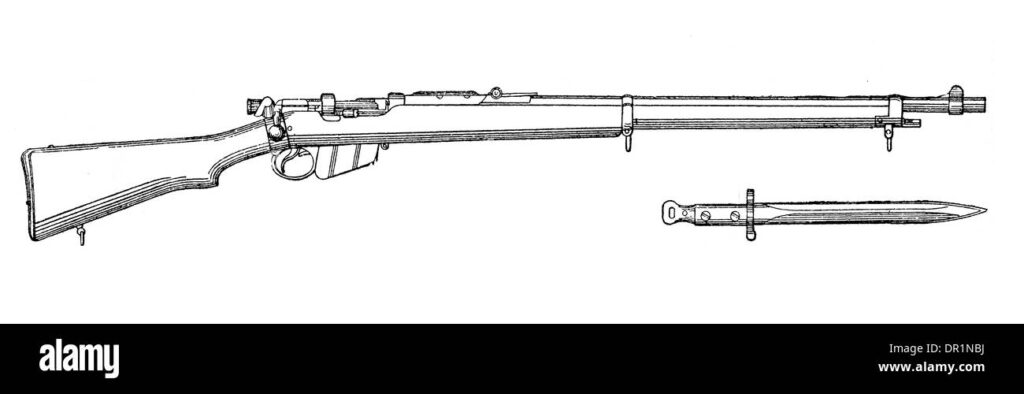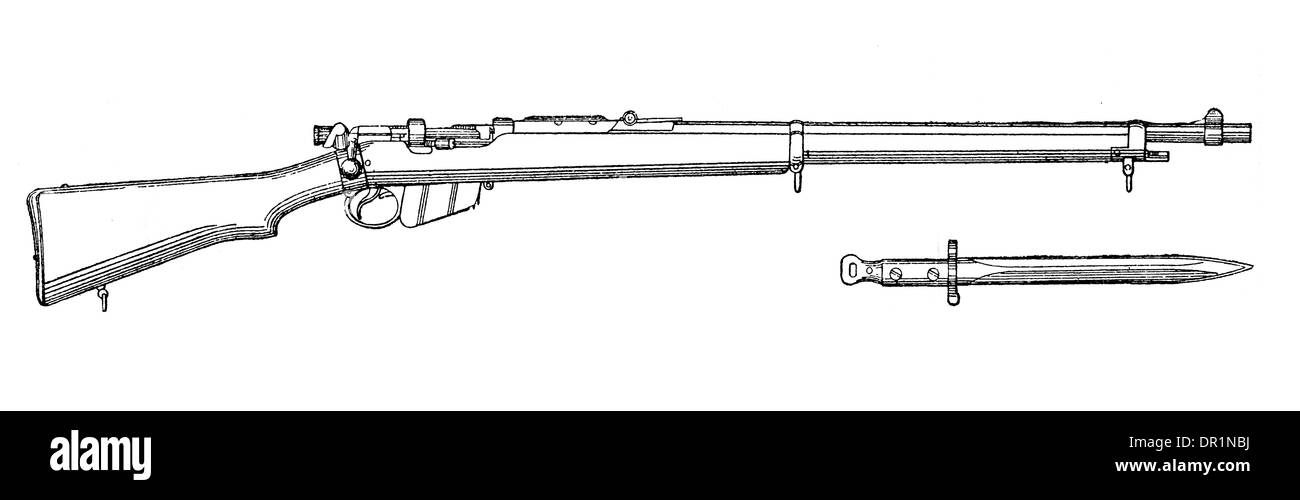
Understanding Lee Enfield Stock Measurements: A Comprehensive Guide
The Lee Enfield rifle, a mainstay of the British military for much of the 20th century, is renowned for its reliability and accuracy. A critical component influencing both factors, as well as the rifle’s overall handling, is its stock. Understanding Lee Enfield stock measurements is crucial for collectors, shooters, and anyone seeking to restore or customize these historical firearms. This guide provides a comprehensive overview of these measurements, their significance, and how they impact the rifle’s performance.
Why Lee Enfield Stock Measurements Matter
The stock of a Lee Enfield isn’t just a piece of wood; it’s a precisely engineered component. Correct Lee Enfield stock measurements are essential for several reasons:
- Accuracy: A properly fitted stock ensures consistent cheek weld and eye alignment with the sights, promoting accurate shooting.
- Handling: The length of pull and overall stock dimensions affect how comfortably and effectively a shooter can handle the rifle.
- Safety: Incorrect stock dimensions can lead to awkward handling, potentially increasing the risk of accidents.
- Authenticity: For collectors, maintaining the original Lee Enfield stock measurements is vital for preserving the rifle’s historical value.
- Customization: Understanding the measurements allows for informed decisions when customizing the stock for improved ergonomics or specific shooting needs.
Key Lee Enfield Stock Measurements
Several key measurements define a Lee Enfield stock. Understanding these will help you identify the correct stock for your rifle or assess the suitability of a replacement.
Length of Pull (LOP)
The length of pull is the distance from the trigger to the center of the butt plate. This is perhaps the most crucial measurement for shooter comfort and control. A stock with the wrong length of pull can lead to strained shooting positions and reduced accuracy. Standard Lee Enfield stock measurements for LOP typically fall around 13-13.5 inches, but variations exist based on specific models and intended users. A too-short stock will cause the shooter to hunch forward, while a too-long stock will require an overextended reach.
Comb Height
Comb height refers to the vertical distance from the top of the stock to the line of sight. This measurement determines how well the shooter’s eye aligns with the sights. An incorrect comb height can result in the shooter having to strain their neck or cheek to see through the sights, leading to inconsistent cheek weld and decreased accuracy. Adjustments to comb height are often made through cheek risers or custom stock modifications. Maintaining proper Lee Enfield stock measurements for comb height is essential for optical sight usage.
Drop at Comb and Heel
Drop at comb and heel are vertical measurements that describe the curvature of the stock. Drop at comb is the distance from the line of sight to the top of the comb, while drop at heel is the distance from the line of sight to the bottom of the heel (the rear of the stock). These measurements influence the felt recoil and how the rifle sits against the shooter’s shoulder. Variations in these measurements can affect perceived recoil and the rifle’s tendency to rise during firing. Original Lee Enfield stock measurements typically aimed for a balance that minimized muzzle climb and maximized shooter comfort.
Forend Length and Width
The forend is the portion of the stock forward of the receiver. Its length and width affect the shooter’s grip and control of the rifle. A longer forend provides more surface area for the supporting hand, while a wider forend can offer a more comfortable grip. Lee Enfield stock measurements for the forend vary depending on the model, with some featuring shorter forends for increased maneuverability and others with longer forends for improved stability.
Buttstock Shape
The shape of the buttstock also plays a role in recoil absorption and handling. Different Lee Enfield models featured different buttstock shapes, including straight stocks, pistol grip stocks, and Monte Carlo stocks. Each shape offers a different feel and may be preferred by different shooters. Understanding the specific buttstock shape associated with your particular Lee Enfield model is important for maintaining its original configuration and performance.
Lee Enfield Stock Variations and Models
Lee Enfield rifles were produced in numerous variants throughout their service life, and each variant often featured subtle differences in stock design and Lee Enfield stock measurements. Some of the most common models include:
- SMLE Mk III: The Short Magazine Lee Enfield Mk III is perhaps the most iconic Lee Enfield rifle. Its stock typically features a straight grip and a relatively short forend.
- No. 4 Mk I: The No. 4 Mk I was the standard Lee Enfield rifle of World War II. Its stock is characterized by a more robust construction and a slightly longer forend compared to the SMLE Mk III.
- No. 5 Mk I (Jungle Carbine): The No. 5 Mk I, also known as the Jungle Carbine, featured a significantly shortened stock and a flash hider, making it more maneuverable in dense jungle environments. Its Lee Enfield stock measurements are notably different from other models.
- Enfield Enforcer: A sniper variant, the Enfield Enforcer, often incorporated a modified stock with an adjustable cheek piece for improved scope alignment.
How to Measure a Lee Enfield Stock
Accurately measuring a Lee Enfield stock requires a few simple tools and a careful approach. Here’s a step-by-step guide:
- Gather your tools: You’ll need a measuring tape, a ruler, and a straight edge.
- Measure the Length of Pull: Place one end of the measuring tape on the center of the trigger and extend it to the center of the butt plate. Record the measurement.
- Measure Comb Height: Place the straight edge along the top of the receiver and extend it over the comb. Measure the vertical distance from the straight edge to the top of the comb.
- Measure Drop at Comb and Heel: Place the straight edge along the top of the receiver and extend it over the comb and heel. Measure the vertical distance from the straight edge to the top of the comb and the bottom of the heel.
- Measure Forend Length and Width: Use the measuring tape or ruler to measure the length of the forend from the front of the receiver to the tip of the forend. Measure the width of the forend at its widest point.
Finding Replacement Stocks and Customization Options
If you need to replace your Lee Enfield stock or are looking to customize it, several options are available. Original surplus stocks can often be found at gun shows or online auctions. However, these stocks may require some fitting and refinishing. Reproduction stocks are also available from various manufacturers, offering a more consistent fit and finish. For those seeking custom options, gunsmiths specializing in Lee Enfield rifles can create bespoke stocks tailored to your specific needs and preferences. When choosing a replacement or custom stock, be sure to consider the Lee Enfield stock measurements that best suit your shooting style and intended use.
The Impact of Stock Condition on Value and Performance
The condition of the stock significantly impacts the rifle’s value, particularly for collectors. Original stocks in excellent condition are highly sought after, while damaged or heavily modified stocks can detract from the rifle’s value. A well-maintained stock also contributes to the rifle’s overall performance by providing a stable and consistent platform for shooting. Regular cleaning and oiling can help preserve the stock’s integrity and prevent cracking or warping. Understanding the importance of Lee Enfield stock measurements and condition is essential for both preserving the rifle’s historical value and ensuring its optimal performance.
Common Problems and Solutions Related to Lee Enfield Stocks
Several common problems can arise with Lee Enfield stocks, including:
- Cracks: Cracks can develop in the stock due to age, exposure to moisture, or improper handling. Small cracks can often be repaired with epoxy, while larger cracks may require more extensive repairs or replacement of the stock.
- Warping: Warping can occur if the stock is exposed to excessive heat or humidity. Warped stocks can affect accuracy and may require straightening or replacement.
- Loose Fit: A loose-fitting stock can cause the rifle to rattle and affect accuracy. Tightening the stock screws or bedding the action can help improve the fit.
- Damage to the Butt Plate: The butt plate can be damaged by impact or corrosion. Replacement butt plates are available, but it’s important to choose a replacement that matches the original Lee Enfield stock measurements and style.
Conclusion
Understanding Lee Enfield stock measurements is essential for anyone who owns, collects, or works on these iconic rifles. By understanding the key measurements and their impact on performance, you can ensure that your Lee Enfield is properly fitted, accurate, and safe to use. Whether you’re restoring a historical rifle or customizing a modern sporting rifle, knowledge of Lee Enfield stock measurements is a valuable asset. Pay close attention to these details, and you’ll be well on your way to maximizing the potential of your Lee Enfield. [See also: Lee Enfield Rifle History and Development] [See also: Lee Enfield Maintenance and Repair Guide] [See also: Choosing the Right Ammunition for Your Lee Enfield]

